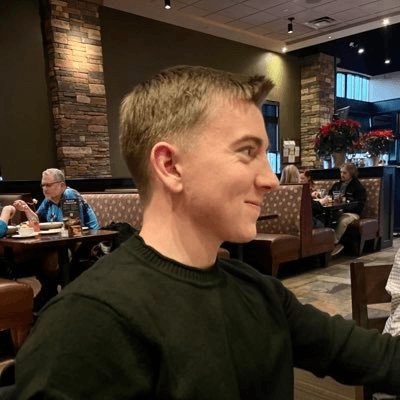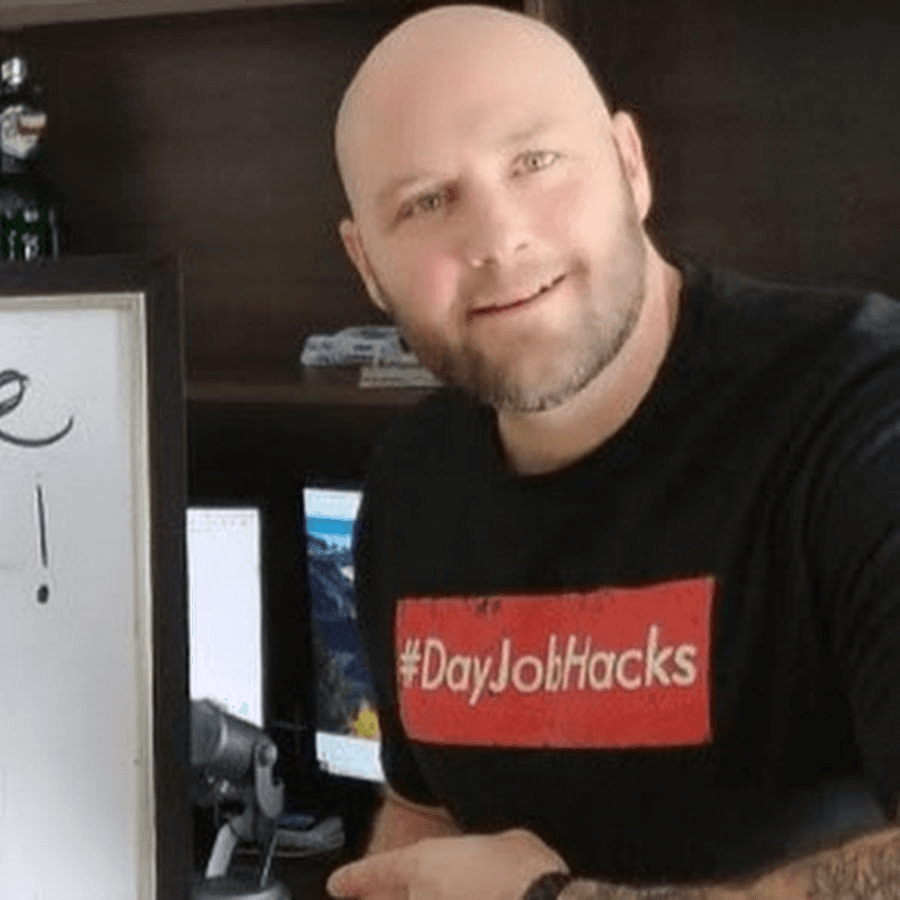How HIBR Doubled Kickstarter Goals and Scaled Pillow Sales on WooCommerce

Business Description
Table of Contents
Navigate through the case study sections
Executive Summary
Case Study Content
Winning on Kickstarter and Rebranding
Nick Ondrako and Erick Arbe set out to redesign the pillow market by combining advanced foam formulas and streamlined marketing. They launched a 60-day Kickstarter that not only met its goal but doubled funding by appealing to backers with clear reward tiers. Early success hit a snag when Brookstone claimed a trademark on their name, Fohm. Instead of legal fees, they pivoted to a fresh brand identity, HIBR, and used the change to sharpen their messaging and visuals.
Choosing an Online-First Model with WooCommerce
Both founders brought web development and marketing experience to the table. They decided to skip retail shelves and focus on a **direct-to-consumer** strategy. WordPress familiarity made WooCommerce a clear pick. Its open source core and addon ecosystem meant HIBR could unlock new features without extra licensing fees. Community-built extensions kept the store lean and allowed for quick updates when needed.
Maintaining a Simple, High-Quality Product Line
HIBR offers a concise selection: a single pillow in a few sizes and firmness options. By limiting variants, they reduced complexity in the backend and warehouse. Inventory management and shipping settings stayed straightforward. This approach let them pour energy into foam research rather than juggling dozens of SKU details in the store.
Custom Cart Drop and Seamless Checkout
To speed purchases, Erick built a sidecart feature integrated into their custom theme. The mini cart slides out on click so visitors can adjust quantities or checkout without changing pages. It took a few days of tinkering and reading WooCommerce docs, but the result shaved seconds off the path to order confirmation.
Streamlined Shipping with UPS Integration
HIBR uses a single shipping manager that connects to two warehouses. Orders export directly into UPS and print labels in batch. A custom internal system tracks PO numbers and handoffs. This flow cuts manual data entry and helps manage costs when shipping heavy items like pillows, its a game changer for their margins.
Expanding the Brand Through Marketing Channels
Next on the agenda: a mattress line and a stronger lifestyle blog. Instagram and Facebook serve as primary social channels, with plans to drive more engagement through user-generated content. Email newsletters keep backers and new customers in the loop about product updates and promotions.
Key Takeaways
- 1Doubling the Kickstarter goal in a 60-day campaign demonstrated HIBR’s strong demand and effective pre-launch marketing.
- 2Pivoting the brand name from Fohm to HIBR following a trademark challenge turned into a branding win with a sharper identity.
- 3Building on an open source platform like WooCommerce enabled quick adoption of extensions and community support for growth.
- 4Limiting product variants simplified operations, making inventory tracking and shipping more efficient.
- 5Custom sidecart development cut checkout friction, leading to faster order completion and better user experience.
- 6Integrating UPS shipping tools and batch label printing slashed manual work and helped HIBR scale fulfillment smoothly.
Tools & Technologies Used
Premium Content Locked
Subscribe to access the tools and technologies used in this case study.
Subscribe NowHow to Replicate This Success
Premium Content Locked
Subscribe to access the step-by-step replication guide for this case study.
Subscribe NowInterested in Being Featured?
Share your success story with our community of entrepreneurs.
Explore More Case Studies
Discover other inspiring business success stories

How TikTok Ads and Amazon Movers & Shakers Drove $300K+ in One Week
In May 2023, 20-year-old dropshipper Dylan Rudzinski used Amazon Movers & Shakers to find a trending item, built a crisp...
Dylan Rudzinski's Dropshipping Store

How a Single Keyword Strategy Netted $24K in CPA Marketing
When Joey Babineau faced $40,000 in student debt and two full-time jobs, he turned to Google Ads and CPA affiliate marke...
Babineau Performance Marketing

How Laura Geller Beauty Skyrocketed Revenue with Shopify Audiences and Shop Campaigns
Laura Geller Beauty, a makeup and skincare brand founded in 1997, faced rising ad costs and shifting shopper habits. By ...
Laura Geller Beauty